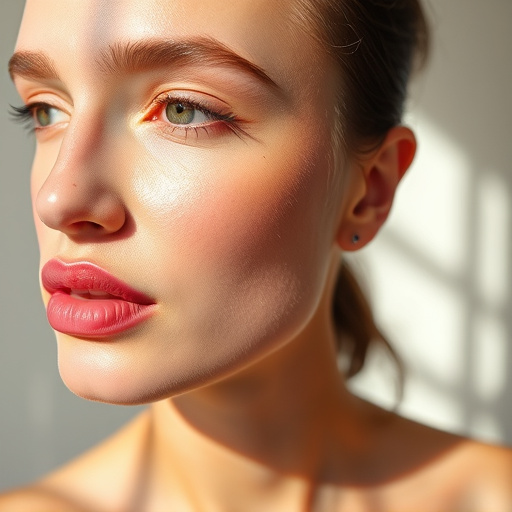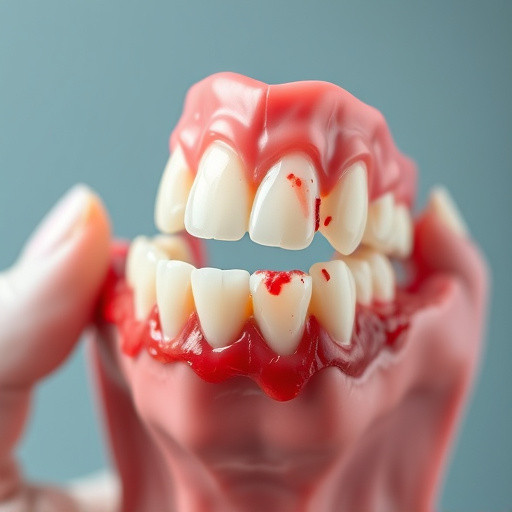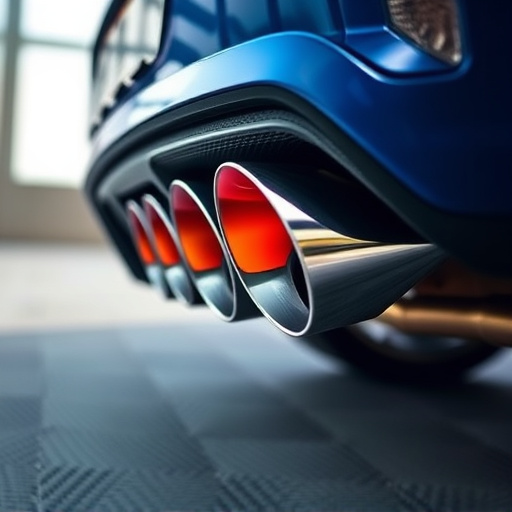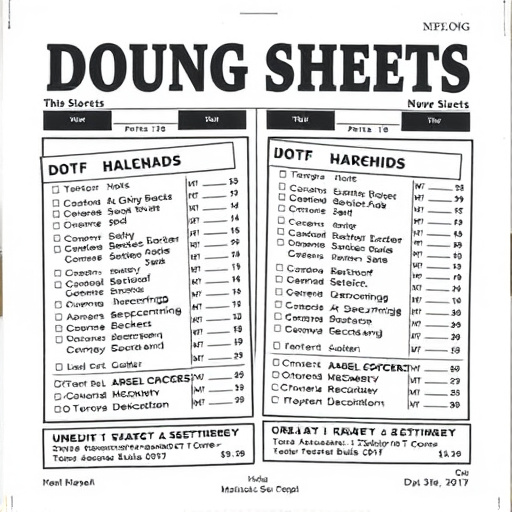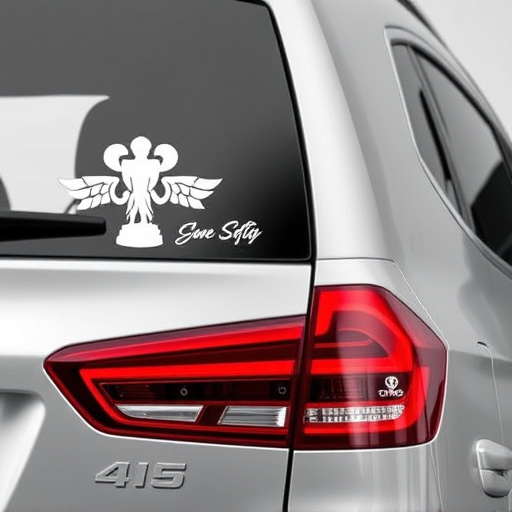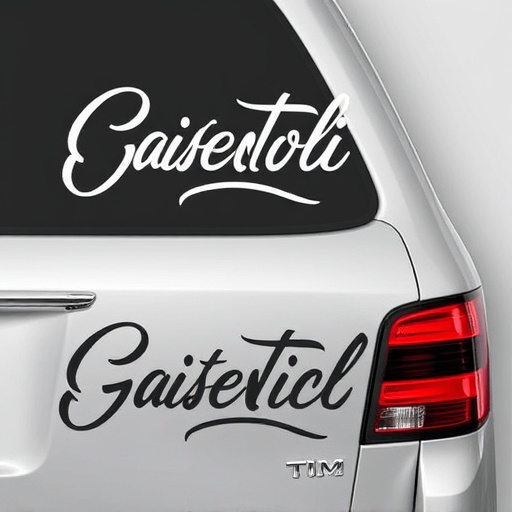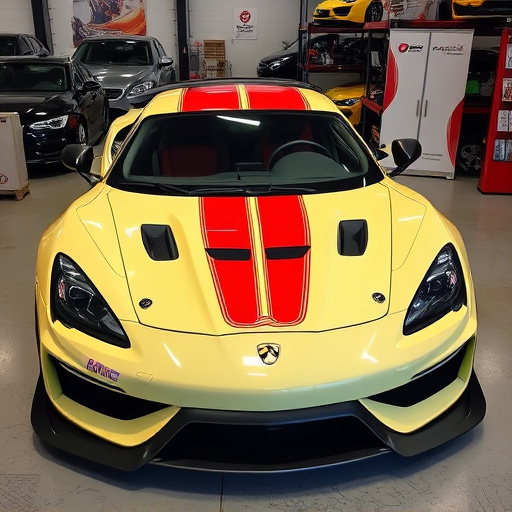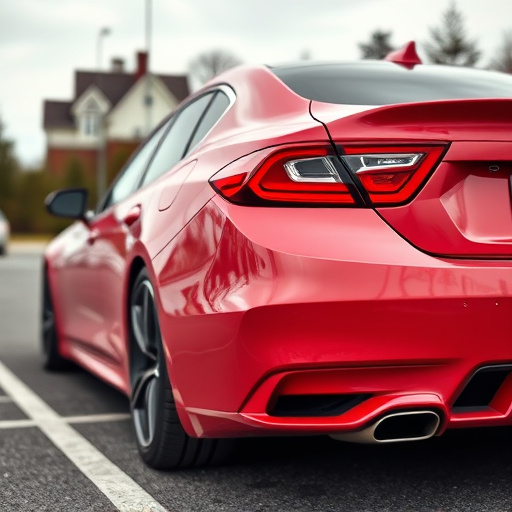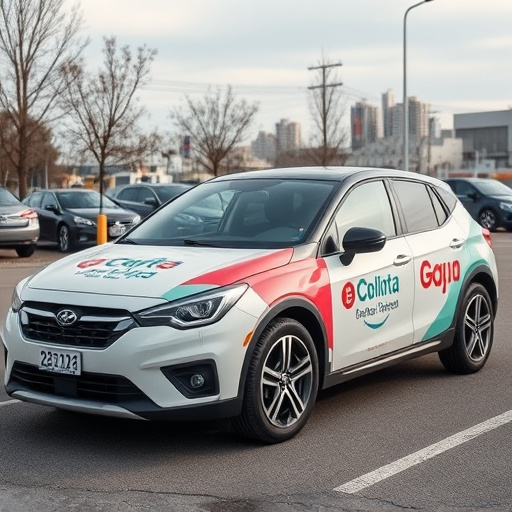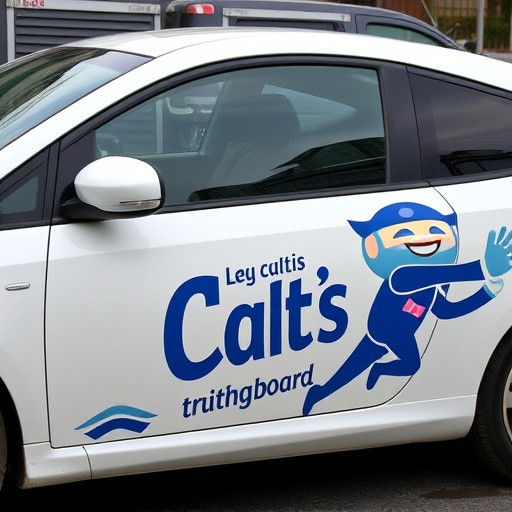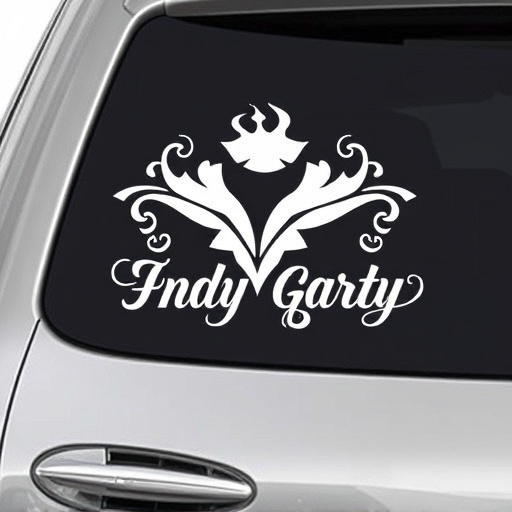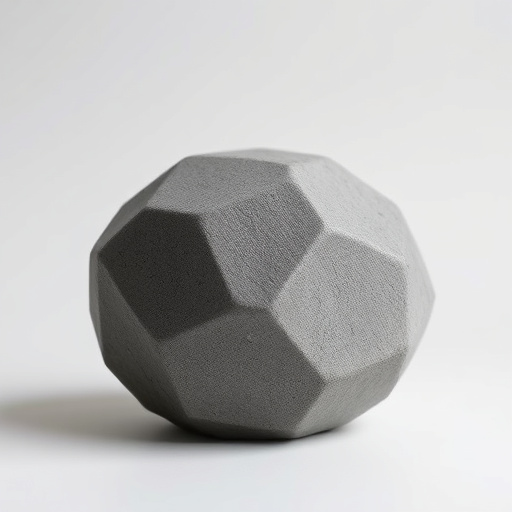Satin finish wraps are a popular choice among car enthusiasts for their combination of style and protection. Made from advanced polymeric materials, they offer a unique matte or satin finish that can be easily removed but resist UV exposure, maintaining their glossy appearance over time. However, UV radiation significantly impacts their long-term performance, leading to degradation and reduced gloss. To protect them, apply UV-resistant coatings, use mild soaps for washing, store in cool, dry conditions, and consider professional ceramic coatings or paint sealants for ultimate protection against environmental damage.
Satin finish wraps, known for their smooth and lustrous appearance, are a popular choice in packaging due to their aesthetic appeal. However, their long-term durability under UV exposure is a key consideration. This article explores how these wraps handle UV radiation over time, delving into the science behind their composition and offering strategies to maintain their integrity. By understanding the impact of UV exposure, you can effectively prolong the lifespan of satin finish wraps, ensuring they remain vibrant and protective even in outdoor conditions.
- Understanding Satin Finish Wraps and Their Composition
- The Impact of UV Exposure on Satin Finish Wraps Over Time
- Strategies for Maintaining and Prolonging the Lifespan of Satin Finish Wraps Amidst UV Exposure
Understanding Satin Finish Wraps and Their Composition
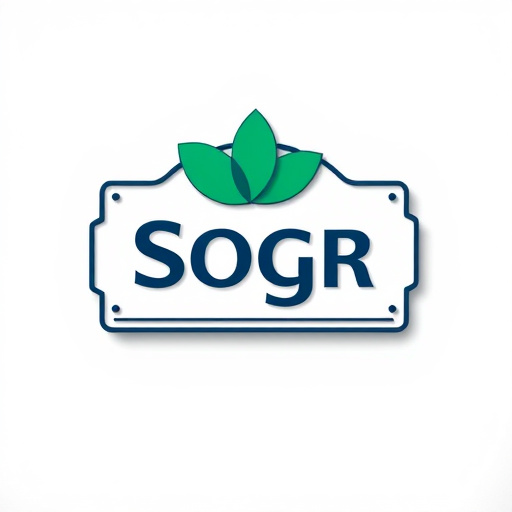
Satin finish wraps are a popular choice for those looking to enhance their vehicle’s aesthetics and protect its exterior. These wraps are not your average car wraps; they offer a unique, luxurious matte or satin finish that sets them apart. Comprising a thin layer of protective material applied over the existing paintwork, they provide both style and substance. The composition typically includes advanced polymeric materials infused with pigments to achieve the desired color and texture. This innovative design allows for exceptional durability while still being easily removable, making it an attractive option for car customization.
Unlike traditional paints or even ceramic window tinting, satin finish wraps can be applied to various surfaces, not just the exterior body panels. They are particularly popular among those who want to stand out with custom graphics, offering a subtle yet striking visual appeal. Over time, these wraps demonstrate remarkable resistance to UV exposure, preventing fading and maintaining their glossy or satin appearance, enhancing the overall look of any vehicle.
The Impact of UV Exposure on Satin Finish Wraps Over Time
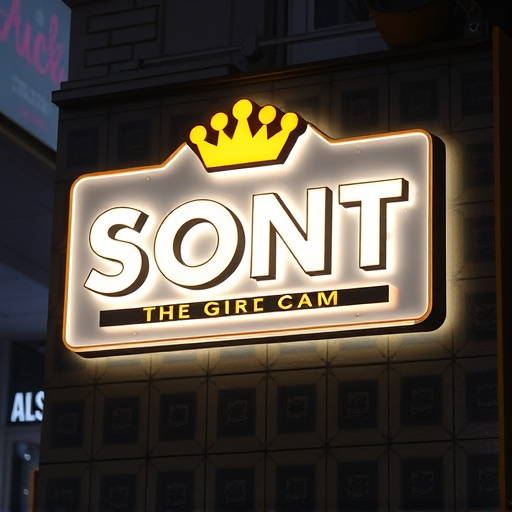
The long-term durability of satin finish wraps is heavily influenced by their interaction with ultraviolet (UV) radiation from the sun. Over time, UV exposure can cause significant changes to the wrap’s surface, affecting its aesthetic appeal and protective properties. Initially, saturated finishes boast a vibrant, glossy look that enhances the overall appearance of vehicles or other surfaces they adorn. However, as UV rays penetrate the top layer, a gradual deterioration occurs. This process leads to the development of fine lines, cracks, and an overall loss of gloss, which are visible signs of aging.
Moreover, lack of adequate UV protection allows harmful rays to break down the chemical bonds within the satin finish wrap. This degradation weakens the material, making it more susceptible to scuffs, scratches, and other forms of damage. Unlike traditional window tinting, ceramic window tinting offers superior scratch protection due to its hard, ceramic-like coating that provides an extra layer of defense against environmental factors, including UV exposure, ensuring satin finish wraps maintain their integrity and aesthetic appeal for longer periods.
Strategies for Maintaining and Prolonging the Lifespan of Satin Finish Wraps Amidst UV Exposure
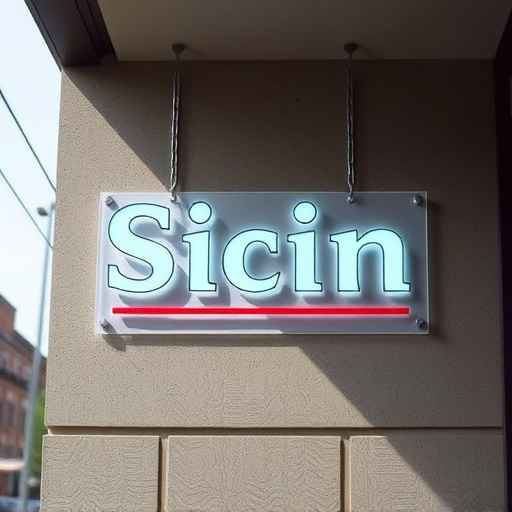
To maintain the lustrous finish and protect satin finish wraps from UV exposure, several strategic measures can be employed. First and foremost, applying a high-quality, UV-resistant coating is essential. This barrier helps shield the wrap from harmful solar radiation, preventing premature fading and degradation. Regular washing and maintenance are also crucial; using mild soaps and avoiding harsh chemicals ensures the wrap’s integrity is preserved.
Additionally, storage in a cool, dry place when not in use can significantly prolong its lifespan. For those seeking optimal protection, professional premium automotive services offering advanced ceramic coatings or paint sealants can provide excellent heat rejection, enhancing the wrap’s durability against UV rays and other environmental factors.
Satin finish wraps, with their glossy yet smooth texture, are a popular choice for various applications. Over time, exposure to UV radiation can impact their durability and aesthetics. Understanding this process is key to maintaining their quality. By implementing strategies such as using protective coatings, storing them in shaded areas, and regularly cleaning, it’s possible to significantly prolong the lifespan of satin finish wraps, ensuring they retain their appeal for years to come.
